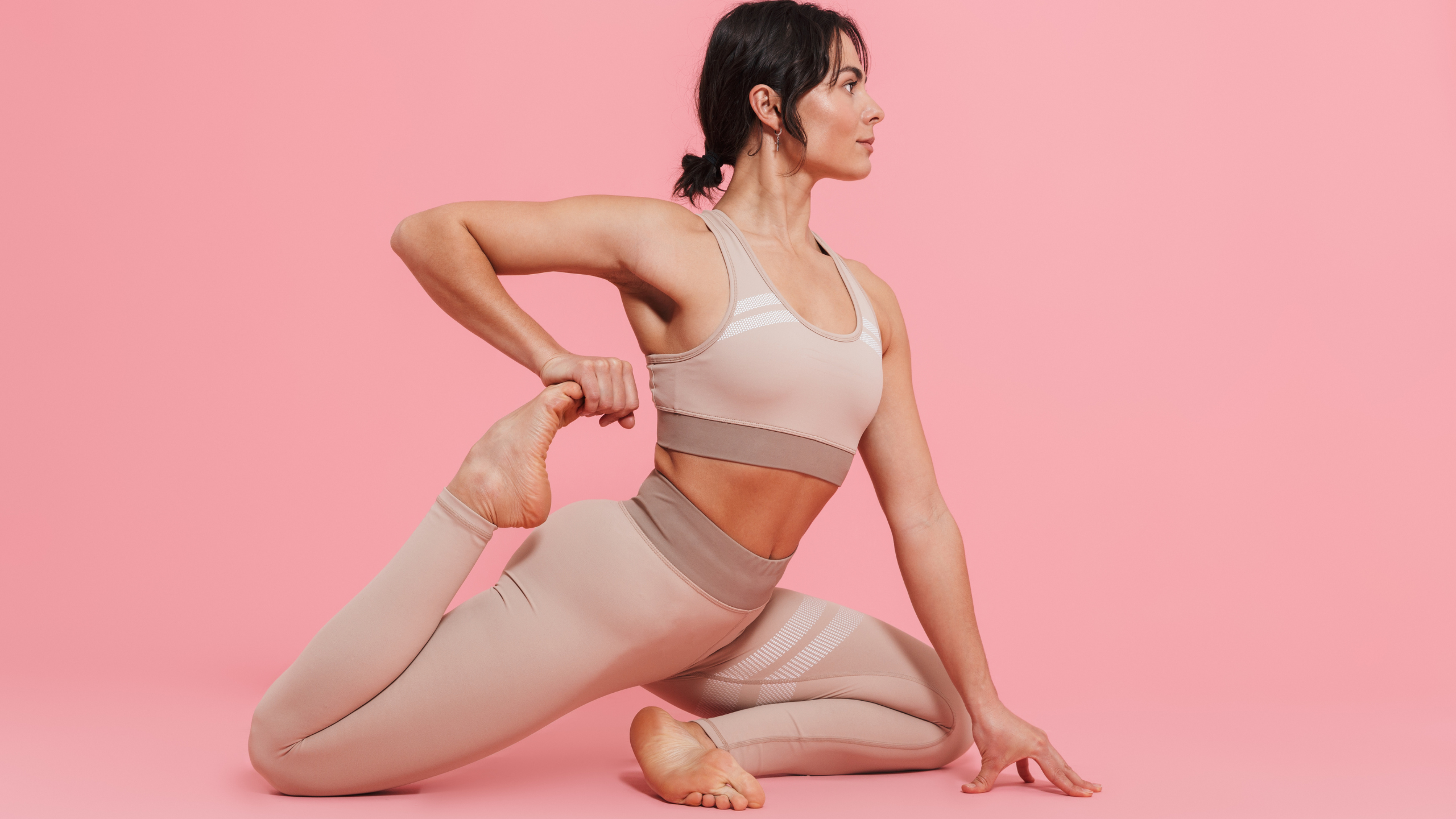January 15, 2025
Alexandra Trusova Expecting a Child
April 07, 2025

After a long day, few things sound as appealing as sinking into bed for a restful night’s sleep. But if you’re tossing and turning, waking up stiff, or struggling to drift off, your body’s flexibility—or lack thereof—might be part of the problem. Stretching, often seen as a fitness tool, has a surprising sidekick: sleep. The link between limber muscles and quality rest is more than anecdotal—it’s grounded in science. Here’s how stretching boosts sleep and simple ways to weave it into your routine.
Tight muscles don’t just ache—they disrupt sleep. “When your body’s locked up, it’s signaling stress,” says Dr. Michael Breus, a sleep specialist. Sitting for hours, hunching over screens, or even intense workouts can shorten muscles like the hamstrings, hip flexors, and shoulders. This tension triggers the nervous system to stay on high alert, making it harder to relax into sleep.
Science backs this up. A 2021 Sleep Medicine study found that people with chronic muscle stiffness reported 30% more sleep disturbances—trouble falling asleep, staying asleep, or feeling rested—than those with normal flexibility. Tightness also hikes cortisol, the stress hormone, which clashes with melatonin, your sleep cue. Stretching flips that script, easing both body and mind into rest mode.
Stretching does more than loosen knots—it rewires your physiology for better slumber. When you elongate a muscle, you activate mechanoreceptors—sensors that tell your nervous system to dial down tension. This process, called autogenic inhibition, cuts muscle tightness in as little as 20-30 seconds per stretch, per a 2020 Physical Therapy study. The result? A calmer body that’s ready to wind down.
Then there’s the parasympathetic nervous system—the “rest and digest” mode. A 2022 Journal of Behavioral Medicine study showed that 10 minutes of gentle stretching before bed boosted parasympathetic activity by 25%, slowing heart rate and breathing—key precursors to sleep. Pair that with improved blood flow, which flushes out metabolic waste and delivers oxygen to tired tissues, and you’ve got a recipe for deeper rest.
Flexibility also tackles sleep’s physical foes. Tight hip flexors or a stiff lower back can misalign your spine in bed, sparking discomfort that jolts you awake. A 2019 Journal of Sleep Research study linked better lumbar flexibility to 20% fewer nighttime awakenings. Looser muscles mean less fidgeting—and more uninterrupted Zs.
It’s a two-way street: flexibility aids sleep, and sleep boosts flexibility. During deep sleep, your body repairs muscle fibers and releases growth hormone, which keeps tissues pliable. Skimp on rest, and you’re stiffer the next day— perpetuating a cycle. A 2021 Sleep study found that sleeping less than six hours reduced hamstring flexibility by 10% within a week, as inflammation and fatigue stiffened tissues. Stretch regularly and sleep well, and you’re stacking benefits in both directions.
When and how you stretch matters. “Evening stretching is like a lullaby for your body,” says yoga instructor Adriene Mishler. A pre-bed routine—5-10 minutes—primes you best. Focus on static stretches (holding poses) over dynamic ones (moving stretches), as they calm rather than energize. A 2020 Complementary Therapies in Medicine study found that 10 minutes of static stretching at night improved sleep onset by 15% and deep sleep duration by 12%.
Try these:
Breathe deeply—4 seconds in, 6 out—to amplify relaxation. Keep it gentle; overstretching can spike adrenaline, countering your goal.
Daytime stretching helps too. A midday 5-minute session—say, a chest opener or neck roll—prevents tightness from building, setting you up for better sleep later. A 2022 Journal of Occupational Health study found that office workers who stretched twice daily reported 18% better sleep quality than those who didn’t, thanks to reduced daytime stress.
Flexibility also curbs sleep disruptors like restless legs or cramps. A 2019 Sleep Medicine Reviews analysis tied regular calf and quad stretches to a 30% drop in nighttime leg discomfort—common culprits of wake-ups.
Stretching isn’t a cure-all. It won’t fix insomnia tied to anxiety or medical issues—those need broader solutions. And more isn’t always better; a 2021 Sports Health study warned that stretching beyond 20 minutes close to bed can overstimulate, delaying sleep onset. Stick to 5-15 minutes for the sweet spot.
Stretching and sleep are partners in rest. Looser muscles quiet your nervous system, align your body, and deepen slumber, while good sleep keeps you limber—a virtuous cycle backed by science. It’s not about becoming a contortionist; a few minutes of intentional movement can shift your rest from restless to restorative. Tonight, roll out a mat, stretch out the day, and let flexibility lull you into the best sleep yet. Your body—and your dreams—will thank you.
By Vitalina Andrushchenko, Staff Writer

January 15, 2025
Alexandra Trusova Expecting a Child

December 26, 2024
2025 World Junior Championship Schedule

February 14, 2025
Alysa Liu Shares Why She Came Back: A Passion Reignited